Overview
What is Deep Research?
Deep research is the process of investigating a topic thoroughly, with the goal of gaining a clear, detailed, and nuanced understanding.
It typically includes:
Collecting information from multiple sources
Books, academic articles, reports, case studies, and expert interviews — not just quick web searches.
Books, academic articles, reports, case studies, and expert interviews — not just quick web searches.
Evaluating credibility
Checking if information is reliable, unbiased, and up-to-date.
Checking if information is reliable, unbiased, and up-to-date.
Analyzing and connecting data
Identifying patterns, trends, contradictions, or gaps.
Identifying patterns, trends, contradictions, or gaps.
Building original insights
Moving beyond reporting facts to creating a deeper understanding or new perspectives.
Deep research is often used in fields like business strategy, academia, journalism, content development, and innovation.
Moving beyond reporting facts to creating a deeper understanding or new perspectives.
Deep research is often used in fields like business strategy, academia, journalism, content development, and innovation.
Why Does Deep Research Matter?
Deep research helps you:
Make better decisions
Based on facts, context, and careful analysis.
Based on facts, context, and careful analysis.
Produce higher-quality work
Whether it’s a report, strategy, article, or study.
Whether it’s a report, strategy, article, or study.
Develop expertise
True understanding comes from digging below the surface.
True understanding comes from digging below the surface.
Stand out professionally
People who present deeper insights are often more trusted and valued.
People who present deeper insights are often more trusted and valued.
Without deep research, conclusions risk being shallow, biased, or incomplete.
How ChatGPT Can Support Deep Research
ChatGPT can be a valuable assistant when used thoughtfully in deep research:
Brainstorming angles
Quickly explore different perspectives or frameworks.
Summarizing dense material
Speed up understanding of complex papers or reports.
Structuring information
Organize findings into outlines, tables, or categories.
Generating follow-up questions
Help push your research deeper by suggesting what to explore next.
Brainstorming angles
Quickly explore different perspectives or frameworks.
Summarizing dense material
Speed up understanding of complex papers or reports.
Structuring information
Organize findings into outlines, tables, or categories.
Generating follow-up questions
Help push your research deeper by suggesting what to explore next.
Important:
ChatGPT should be used as a starting point or assistant, not as your sole source of truth. Always verify facts and supplement AI outputs with primary research.

